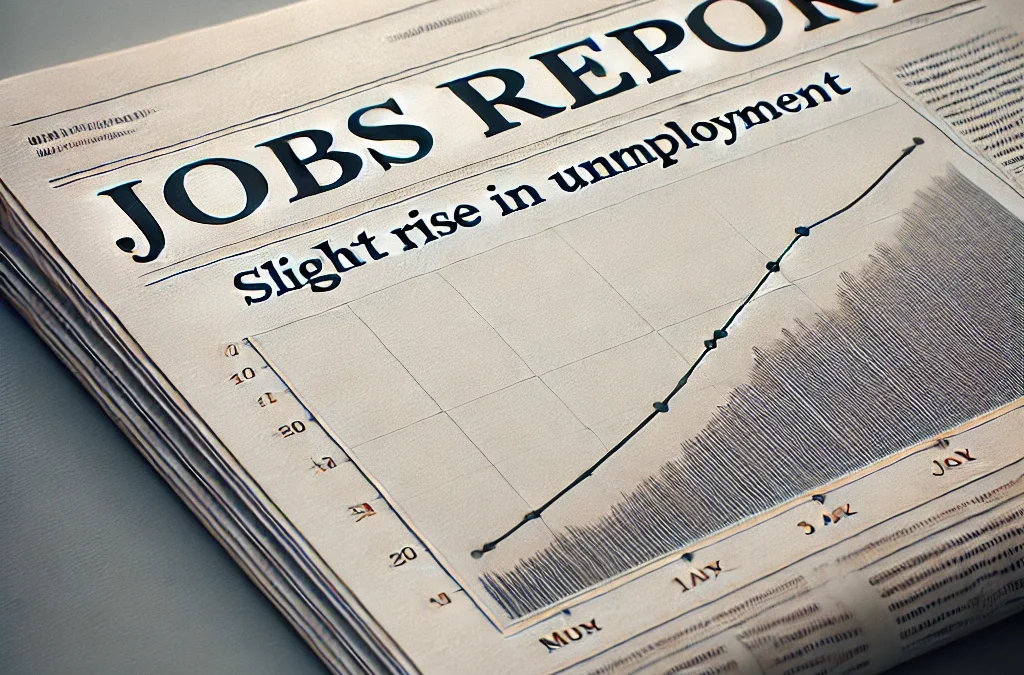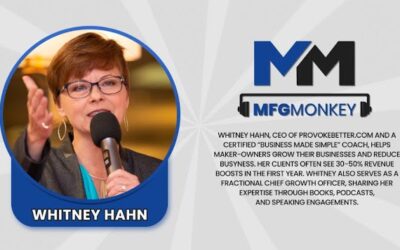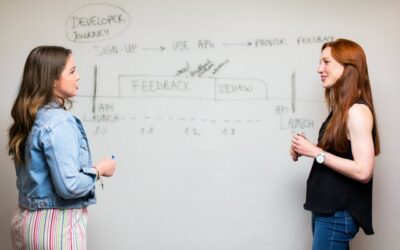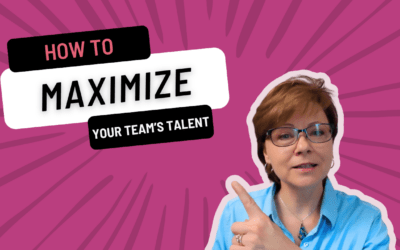How to Build a Tech-Savvy Workforce in a Changing Labor Market
If you work in HR in advanced manufacturing, there’s a golden opportunity coming your way. The job market is about to experience a significant shift that could make it easier for you to build the tech-savvy, highly skilled workforce your company needs to stay competitive.
Experts predict that unemployment rates are likely to tick up in October 2024, adding more skilled talent to the job market. And with a growing push to bring manufacturing jobs back to the U.S., thanks to reshoring efforts, the timing couldn’t be better for HR professionals in the industry to start attracting and developing top talent.
But don’t wait too long to act. The key to maximizing this opportunity lies in creating a smart strategy to recruit, train, and retain the best people. Here’s how to do it.
The Current Labor Market: Turning Challenges Into Opportunities
The U.S. manufacturing industry has been facing a labor shortage for years, and that shortage has only grown more urgent since the pandemic. The good news is that this could change in the coming months. A rise in unemployment will likely lead to more skilled workers entering the market.
On top of that, the reshoring trend is bringing manufacturing jobs back to the U.S. According to the Reshoring Initiative, there was a 53% increase in reshored jobs in 2022, driven by the need to reduce supply chain risks and produce more advanced technologies locally. As a result, HR leaders in manufacturing are in a unique position to scoop up the best talent that’s available.
But to seize this moment, your recruitment and workforce development efforts need to be intentional. You can’t rely on job postings alone. Here’s where to focus your energy:
1. Use a Mission-First Recruitment Approach
Skilled workers aren’t just looking for a paycheck—they want to feel connected to the work they’re doing. They want to know that their efforts are contributing to something bigger. This is especially true in manufacturing, where innovation is constantly reshaping the industry.
That’s why a mission-first recruitment approach is so powerful. When you communicate your company’s purpose—whether it’s advancing sustainability, pushing the boundaries of tech innovation, or empowering employees to shape the future of manufacturing—you’re much more likely to attract people who want to stick around for the long haul.
Here’s why it matters: A report from Deloitte revealed that 80% of manufacturing executives believe that talent shortages are the biggest barrier to adopting smart manufacturing technologies. So, if you want employees who can help drive your company into the future, you need to attract those who are passionate about the mission you’re pursuing.
What does that look like in practice? Try focusing on these areas in your messaging:
-
Sustainability and Green Initiatives: If your company is taking steps to reduce environmental impact, let potential employees know. Many workers are looking for roles that align with their values, and sustainability is often high on their list.
-
Tech Innovation: Showcase how your company is adopting cutting-edge technologies like automation, AI, or robotics. This not only attracts talent but also appeals to workers who want to grow their skills in a forward-thinking environment.
-
Employee Empowerment: Highlight opportunities for career growth and leadership development. People want to know there’s room to advance within a company, and that they’ll be part of shaping its future.
By leading with your company’s mission, you’ll not only attract technically skilled workers but also those who are motivated to be part of something bigger than themselves.
2. Invest in Training and Development
Once you’ve recruited the right talent, the next step is to ensure they have the skills they need to succeed—both now and in the future. In manufacturing, technology is evolving rapidly, and the skills that were critical five years ago might not cut it today.
The World Economic Forum estimates that 50% of all employees will need some form of reskilling by 2025 to keep pace with changes in technology.
For HR professionals, this means investing in training is no longer optional—it’s essential.
Here’s how to approach training and development in a way that benefits both your company and your employees:
Create a Continuous Learning Environment
The best way to future-proof your workforce is to create a culture where learning is ongoing. This could be through formal training programs, online courses, or even partnerships with local technical schools. You can also set up internal certifications focused on specific advanced manufacturing technologies, like robotics, data analytics, or AI.
Giving employees the tools and resources to keep their skills sharp not only makes your company more competitive but also boosts employee satisfaction. People want to know that their employer is invested in their development.
Build Leadership Skills Early
Technical skills are crucial in manufacturing, but don’t forget about leadership development. Helping your employees grow into leadership roles can improve retention and strengthen your internal talent pipeline. Gallup data shows that companies investing in leadership development see a 14% increase in retention rates and a 29% improvement in team engagement.
By offering training programs that teach leadership and soft skills, you empower employees to take on new challenges and drive innovation from within.
Leverage Apprenticeships and Mentorships
Apprenticeships are a fantastic way to attract and train new talent. By offering structured, hands-on learning, you can ensure that new recruits have the specific skills your company needs. But don’t stop there—pair apprentices with experienced employees in a mentorship program to provide ongoing support, knowledge transfer, and relationship building.
Mentorship is especially valuable for new employees, helping them acclimate to the company culture and giving them someone to turn to for guidance and advice.
3. Focus on Employee Retention: Keep Your Top Talent
It’s not enough to attract and train top talent—you need to keep them, too. In a competitive industry like advanced manufacturing, employee retention is critical to long-term success.
But retaining skilled employees takes more than offering competitive salaries. Workers want to know that their contributions are valued, that they have room to grow, and that the company supports their long-term career goals.
Here are three ways to enhance your retention strategies:
Offer Competitive Compensation and Benefits
While salary is a big factor, it’s not the only thing that matters to employees. Benefits like flexible work arrangements, comprehensive health plans, and retirement contributions can make a big difference in attracting and retaining skilled workers. According to the National Association of Manufacturers, 83% of manufacturers say offering benefits beyond base pay has a positive impact on retention.
Recognize and Reward Employees Regularly
Recognition goes a long way in boosting employee morale and satisfaction. Whether it’s through formal rewards programs, team recognition, or just a simple “thank you” for a job well done, showing appreciation can have a big impact.
Consider implementing recognition programs that highlight individual or team achievements, or offer performance-based bonuses and rewards. This helps employees feel seen and appreciated for their hard work, making them more likely to stay with the company long-term.
Build a Collaborative, Inclusive Work Environment
A collaborative and inclusive workplace can be a game changer when it comes to retention. Employees want to work in environments where they feel valued and heard. According to McKinsey, companies with diverse and inclusive workforces are 35% more likely to outperform their competitors.
Encourage cross-functional collaboration, give employees a voice in decision-making, and foster a culture where everyone feels welcome. This not only strengthens your workforce but also improves innovation and problem-solving.
Now is the Time to Build a Workforce for the Future
With shifts in the labor market and manufacturing jobs coming back to the U.S., HR professionals have a golden opportunity to build a future-ready workforce. By focusing on mission-driven recruitment, investing in employee development, and creating retention strategies that show employees they’re valued, you can secure the talent you need to succeed in the ever-evolving manufacturing landscape.
Now is the perfect time to act. Those who build a tech-savvy, highly skilled team today will be the ones driving the industry forward tomorrow.
Attract Talent with Staying Power
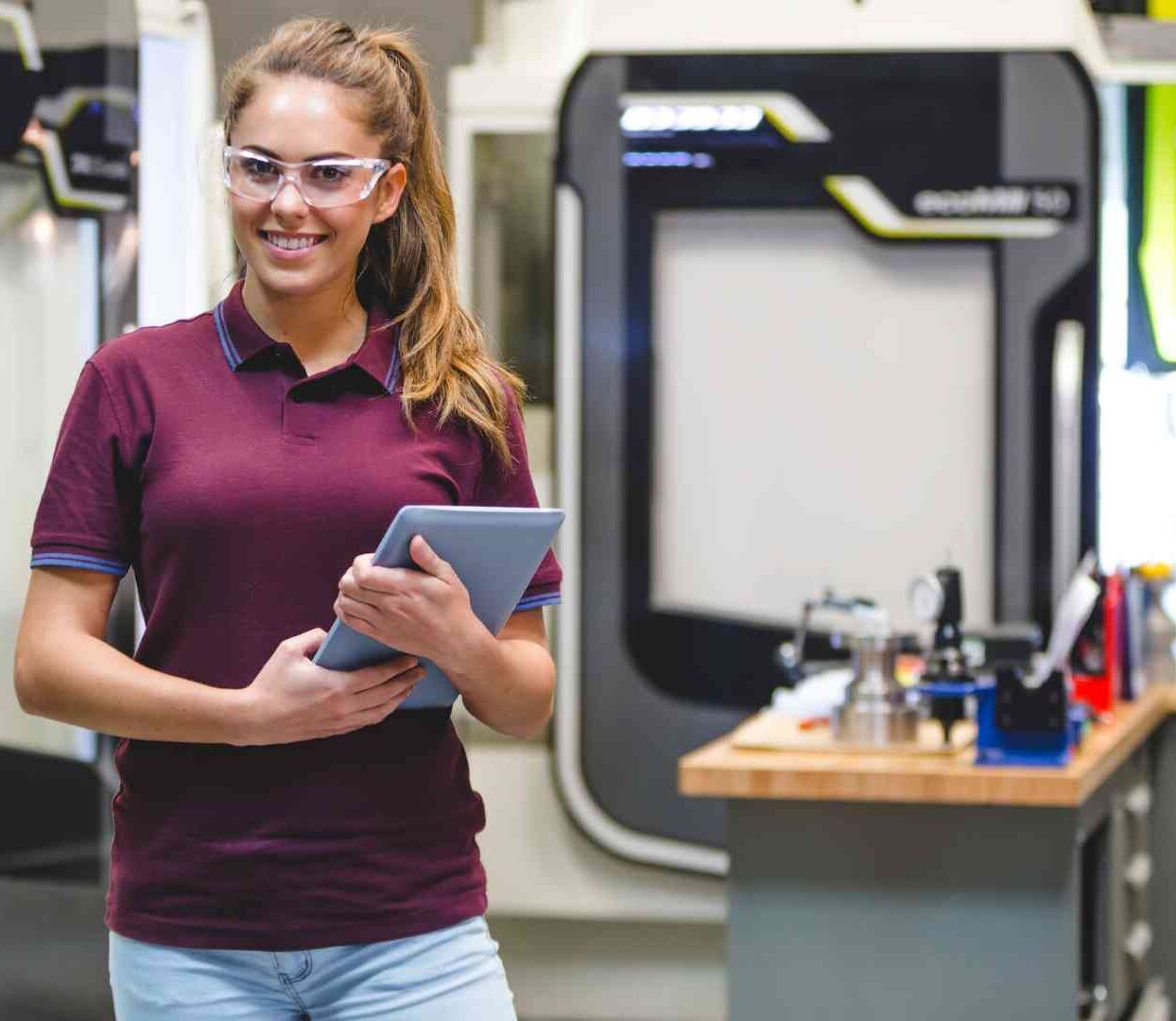
Employee turnover in the manufacturing industry costs $55k – 65k per open position. Ouch!
Discover today’s top secrets to turn your recruiting efforts into a magnet for culture-fit employees that will stick around.
